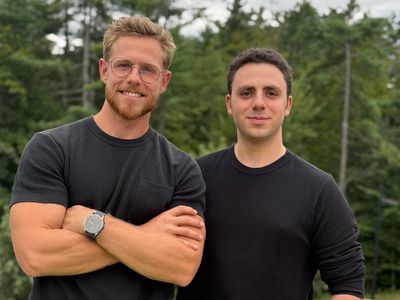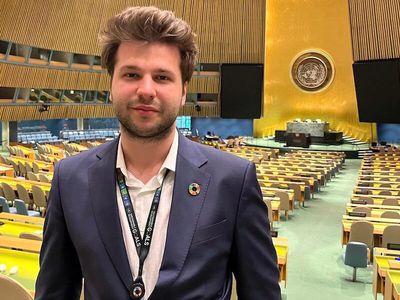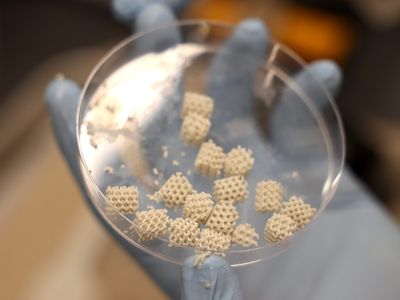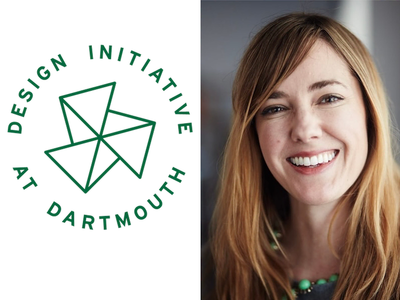- Undergraduate
Bachelor's Degrees
Bachelor of ArtsBachelor of EngineeringDual-Degree ProgramUndergraduate AdmissionsUndergraduate Experience
- Graduate
Graduate Experience
- Research
- Entrepreneurship
- Community
- About
-
Search
News

Oct 02, 2025 | by Rusty Spydell and Shupriyo Maitra
Dartmouth Formula Racing: Not just for engineers
Econ major Kylie Osborne '27 describes how she got involved with DFR, what she brings to the table as a non-engineer, and the benefits of being the business team lead.News
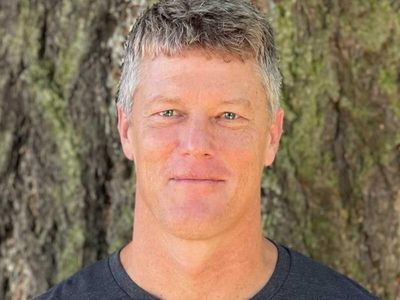
Sep 15, 2025 | Dartmouth News
Thayer Alum Brent Frei Inducted into Dartmouth's Entrepreneurs Hall of Fame
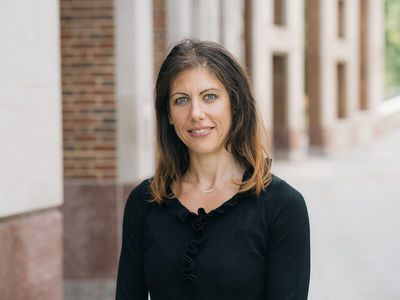
Sep 11, 2025 | Geisel School of Medicine
Geisel's $12 Million NIH COBRE Grant to Help Train Junior Faculty in Implementation Science
In the News
The Dartmouth
Oct 01, 2025
‘A method, not a field’: Spotlight on Human-Centered Design
Professors Eugene Korsunskiy, Peter Robbie, and Rafe Steinhauer are quoted in an article about "the most popular minor at Dartmouth," which "focuses on developing students' creativity and innovation in 'addressing human needs.'" Professor Beth Ames Eagle is also mentioned as the new director of the Design Initiative at Dartmouth.
ABC News Australia
Sep 25, 2025
Antarctic Research Tests Healthy Bodies and Minds for Astronauts
Professor Jay Buckey is quoted in a segment about the Australian Antarctic Division's work with NASA on medical research and operational medicine. "If you look at what ends missions on Antarctica and other places, a lot of time it's the psychosocial factor. Either crews that don't get along or people who develop depression or stress. So that's a really, really important consideration and shouldn't be trivialized," Buckey said.
Tech Xplore
Sep 09, 2025
Rolling soft electronics yields 3D brain probes for precise neuron mapping
A feature article describes Professor Hui Fang's research, published in Nature Electronics, that demonstrates a method to achieve three-dimensional probe interfacing. The approach solves the long-running "dimensional mismatch" between typical two-dimensional probes and the brain's 3D neural circuits.
Education Week
Sep 08, 2025
Is There a Healthy Middle Ground on AI in Schools? Try Skeptical Optimism
Professor Rafe Steinhauer is quoted in an article about using AI in schools. "I would be nervous about any school district saying, 'We're going all in (on AI).' And I would be nervous about any school district (banning the technology)," Steinhauer said. "We know already that there are tremendous risks to student learning and we know that there are tremendous opportunities with generative AI."
Research Quick Takes
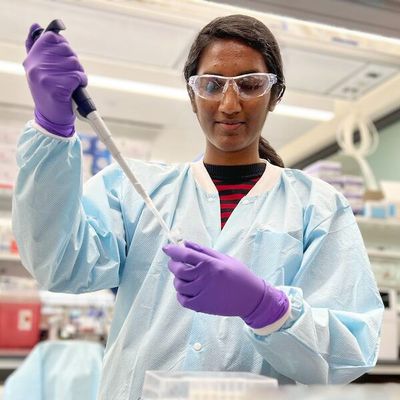
Oct 02, 2025
Biology of Human Milk
Goods Lab PhD student Laasya Devi Annepureddy is co-lead author of "Integrated ‘omics analysis reveals human milk oligosaccharide biosynthesis programs in human lactocytes" published in iScience. The study reveals pathways for how breastmilk cells produce sugars that are critical to infant health and development, and paves the way for being able to add them to formula or as a supplement to certain foods. "Being part of this project has been incredibly rewarding," said Annepureddy. "Our findings bring us one step closer to understanding the remarkable biology of human milk, and I’m grateful to the outstanding team whose collaboration made this work possible."
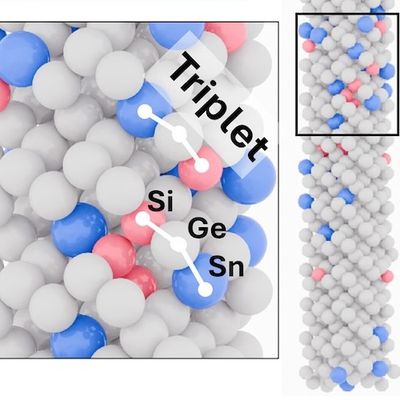
Oct 02, 2025
Atomic Neighborhoods in Semiconductors
Professor Jifeng Liu is coauthor of "Identification of short-range ordering [SRO] motifs in semiconductors" published in Science. Using electron microscopy and machine learning models, the study confirmed the presence of semiconductor SRO—where atoms form mini configurations or "neighborhoods" within the material. The concept of SRO has lacked experimental evidence, and this confirmation opens up new possibilities for controlling the properties of semiconductors. "My lab was the first to identify the samples that revealed signs of atomic ordering, and I initiated and promoted the idea that engineering atomic neighborhoods in semiconductors offers a new degree of freedom for controlling their electrical and optical properties," said Liu.
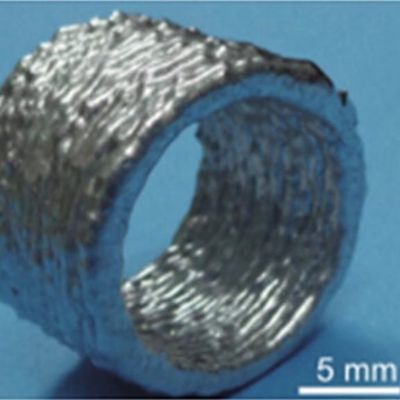
Sep 25, 2025
Applications of Liquid Metal Materials
Saifur Rahman Th'25 and Professor Will Scheideler coauthored "Liquid Metals in Radio Frequency Applications: A Review of Physics, Manufacturing, and Emerging Technologies" published in Advanced Electronic Materials. "Liquid metal materials are transforming soft and stretchable radio frequency devices by enabling highly-conductive, mechanically-adaptable components that can conform to wearable and bio-integrated applications," said Scheideler. "This work highlights the physics of energy loss in liquid metal systems, innovative fabrication techniques, and diverse applications."

